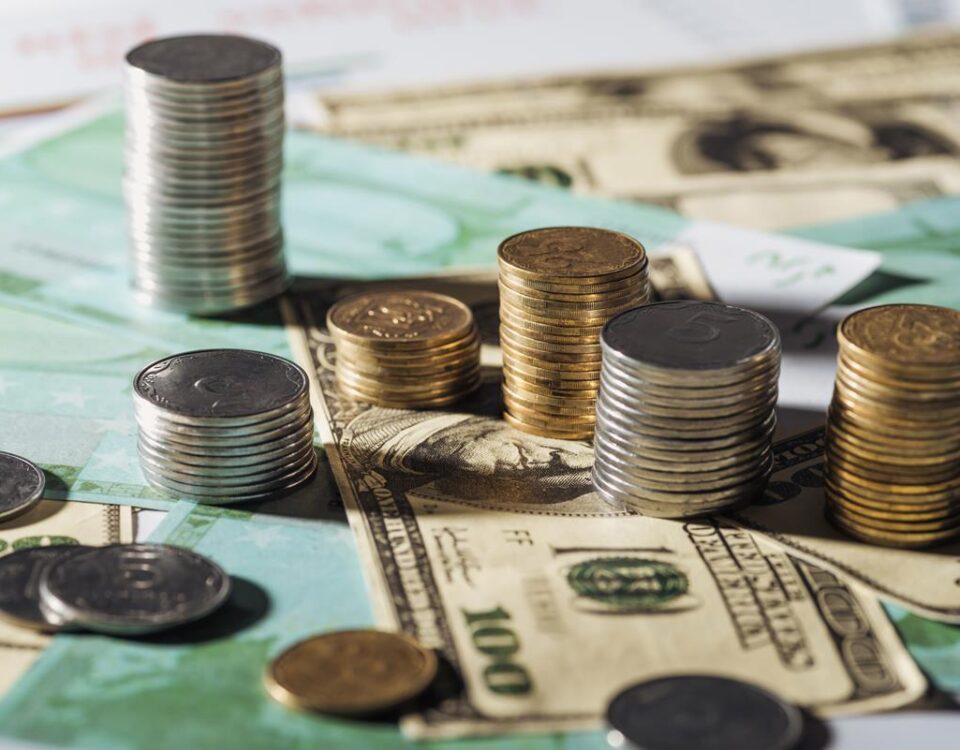
Trump Jokes About Third-Term Showdown with Obama, Sparks Political Buzz
April 2, 2025
Saquon Barkley reflects on his biggest regrets from the Eagles parade lol
April 3, 2025America’s Liberation Day
President Donald Trump declared April 2nd as America’s Liberation Day. The president branded that day on which Trump would blast the entire planet with reciprocal tariffs. Whatever tariff any country charged America, our nation would charge that country in kind moving forward. It was hard to find anyone outside of a Trump sycophant who thought this was a good idea. Donald was trying a new theory of American economics that would either miraculously work or destroy the Golden Age of America he had promised by raising the cost of living for everyone in the nation.
In the early years of the United States, particularly from its founding in 1789 until the mid-19th century, the nation primarily depended on tariff revenues as its main source of federal income. During this period, the U.S. had little to no income taxes, and tariffs (taxes on imports) were the principal means through which the government funded its operations, including defense, infrastructure, and other federal programs. This system allowed America to maintain a relatively small government while encouraging domestic production and shielding American industries from foreign competition.
Tariffs in early America served two essential purposes. The U.S. government primarily depended on tariffs to fund its operations. Customs duties collected at ports were the most significant source of federal income. Since the country had little industry at first and the federal government’s financial needs were relatively modest, tariffs were a practical solution to raise money.
In addition to revenue, tariffs were used to protect fledgling American industries, especially textiles and manufacturing, from cheaper foreign goods, primarily from Britain. By taxing imported goods, the U.S. made foreign products more expensive, encouraging consumers to buy American-made goods. This was a foundational idea in the economic philosophy of mercantilism, which held that a country should export more than it imports to amass wealth.
While the idea of tariffs wasn’t new, it took prominent leadership to establish the system as America’s primary revenue stream. Presidents like Thomas Jefferson and James Madison are often associated with this early tariff policy. Thomas Jefferson (President from 1801 to 1809): As president, Jefferson saw tariffs as a tool to limit government spending and avoid external debts. He emphasized a limited federal government, and tariffs played a role in his vision of economic independence and self-sufficiency. Jefferson’s administration also cut military spending and sought to reduce the national debt, relying on tariff revenues to fund federal operations.
James Madison (President from 1809 to 1817): Madison, particularly during the War of 1812, realized the importance of tariffs in national security, both as a source of revenue and as a protective measure for American industries. The government had to finance its military efforts, and tariffs remained a key tool.
In the early 1800s, the U.S. government implemented several tariff acts, the most notable being the Tariff of 1789. This was the first major tariff passed by Congress and was designed to generate revenue for the federal government. The tariff imposed duties on various imported goods, including textiles, sugar, and coffee. The Tariff of 1816, passed after the War of 1812, was the first significant tariff intended more for protecting American manufacturers than merely raising revenue. It imposed higher duties on imported goods to shield emerging industries from foreign competition.
The Tariff of Abominations (1828) raised duties on imported goods to such a degree that it became highly controversial, particularly in the South, which relied on imports and raw materials. The tariff led to the Nullification Crisis, where South Carolina attempted to nullify the tariff, asserting states’ rights against federal power.
By the 1860s, America’s reliance on tariffs started to decline, and it was replaced by other forms of revenue. The Civil War and the introduction of income taxes during the Civil War happened when the federal government needed a much larger revenue base to finance the war effort. In 1861, Congress passed the Revenue Act of 1861, which introduced the first federal income tax, and the country’s revenue system began to diversify. While tariffs continued to be important, the introduction of the income tax marked the beginning of the end of tariff dependence.
The 16th Amendment (1913) allowed the federal government to collect an income tax directly from individuals. With the ability to generate revenue from income taxes, the government no longer relied solely on tariffs. This shift gradually reduced the importance of tariffs as the main source of federal revenue.
In the 20th century, tariffs began to play a reduced role in funding government operations, but they remained crucial for trade policy. After World War II, the United States led efforts to create international trade institutions like the General Agreement on Tariffs and Trade (GATT) and later the World Trade Organization (WTO). These institutions aimed to reduce global tariffs and foster international trade, as tariffs were seen as obstacles to economic growth.
The Smoot-Hawley Tariff Act (1930), passed during the Great Depression, raised tariffs on thousands of imported goods and led to a trade war, exacerbating the global economic downturn. It marked a high point in protectionist tariff policies and illustrated the negative impact of excessive tariffs on international relations and economic stability.
In recent decades, tariffs have been primarily used as tools of trade negotiation and policy rather than as a primary revenue source. The U.S. continues to impose tariffs on certain goods, particularly under the administration of President Donald Trump, who implemented tariffs on China and other countries as part of his “America First” trade policy. However, tariffs today account for a much smaller portion of federal revenue than they did in the 19th century.
The use of tariffs as a primary revenue source shaped the early development of the United States. Tariffs allowed the young nation to finance its government, protect its industries, and grow its economy without the burden of direct taxes on citizens. However, as the country grew and its economy diversified, so did its revenue streams.
Today, while tariffs still play a role in trade negotiations and can influence domestic industries, they are no longer the cornerstone of U.S. fiscal policy. The shift toward income taxes and the complex global trading system has changed how the U.S. interacts with international markets and finances its operations.
Nonetheless, the period when the United States operated primarily on tariff revenue remains an important chapter in the country’s economic history, illustrating the early challenges and strategies of nation-building in a rapidly changing world. Donald Trump’s vision for tariffs in his second term is an unknown economic reality that has never been tried in modern times. Nobody knows whether this will work, but that did not stop the legacy press from going full-blown “Chicken Little” on the American public in an attempt to fill the political ethos with fear.
C. Rich
CRich@AmericaSpeaksInk.com

C. Rich is the voice behind America Speaks Ink, home to the America First Movement. As an author, poet, freelance ghostwriter, and blogger, C. Rich brings a “baked-in” perspective shaped by growing up on the streets and beaches of South Florida in the 1970s-1980s and brings a quintessential Generation-X point of view.
Rich’s writing journey began in 2008 with coverage of the Casey Anthony trial and has since evolved into a wide-ranging exploration of politics, culture, and the issues that define our times. Follow C. Rich’s writing odyssey here at America Speaks Ink and on Amazon with a multi-book series on Donald Trump called “Trump Era: The MAGA Files” and many other books and subjects C. Rich is known to cover.
“America Speaks Ink is a Google News approved source for Opinion”





